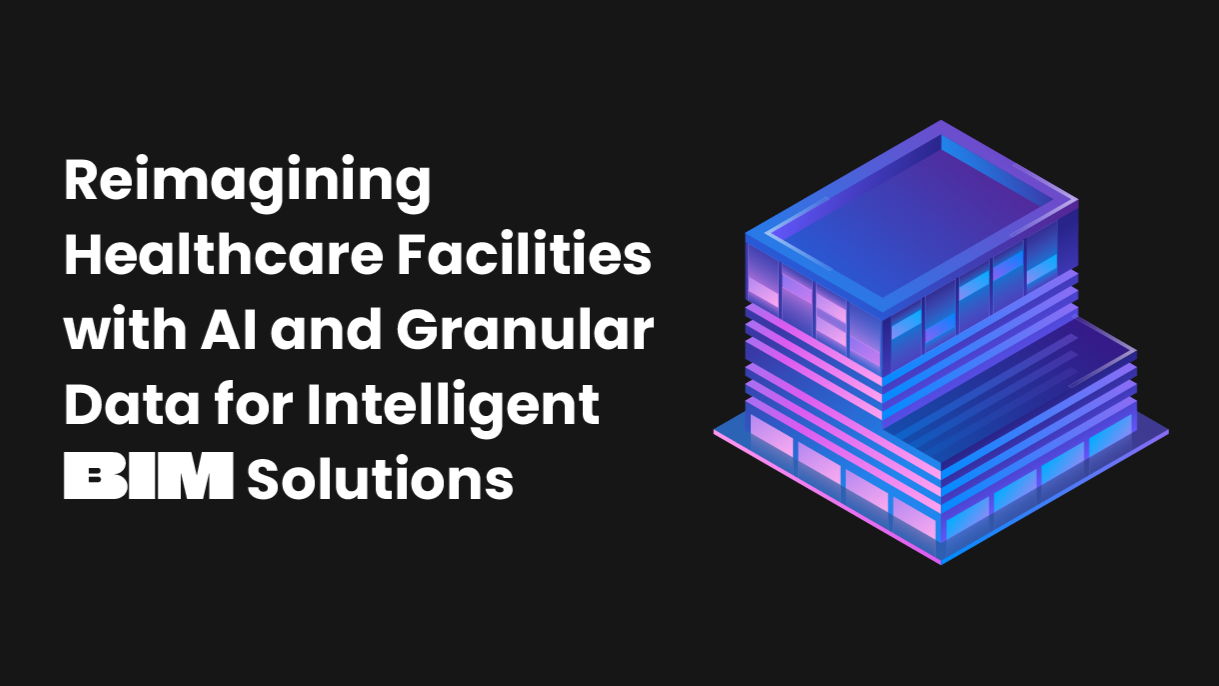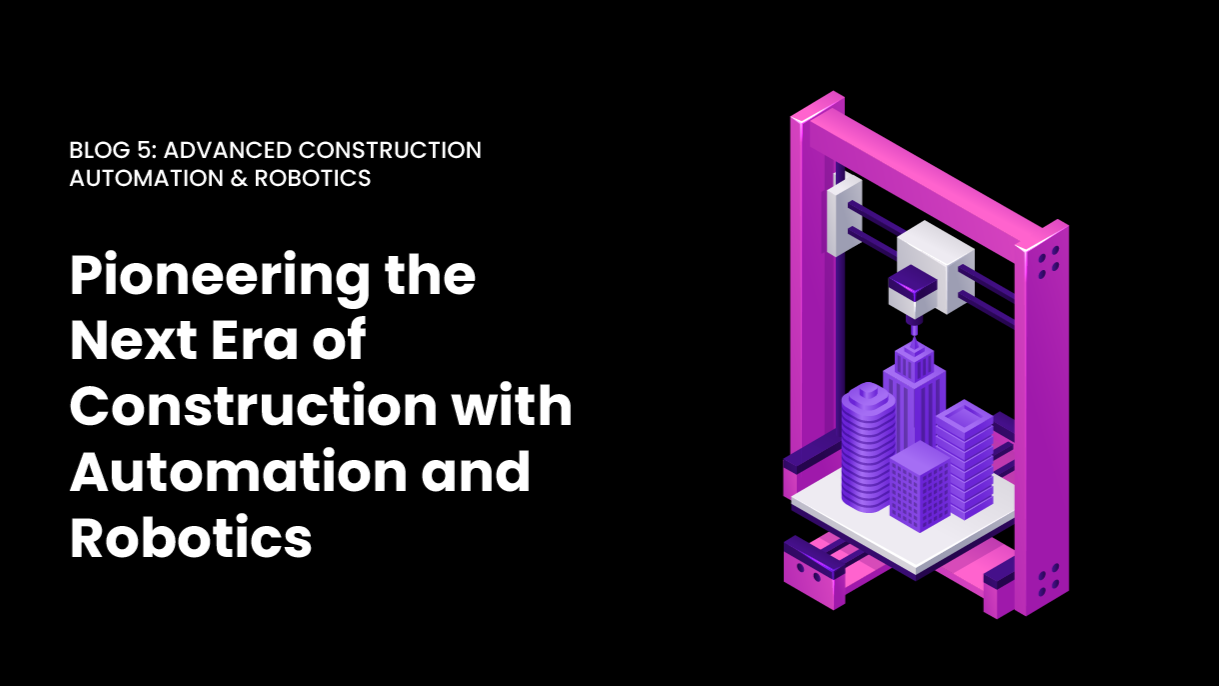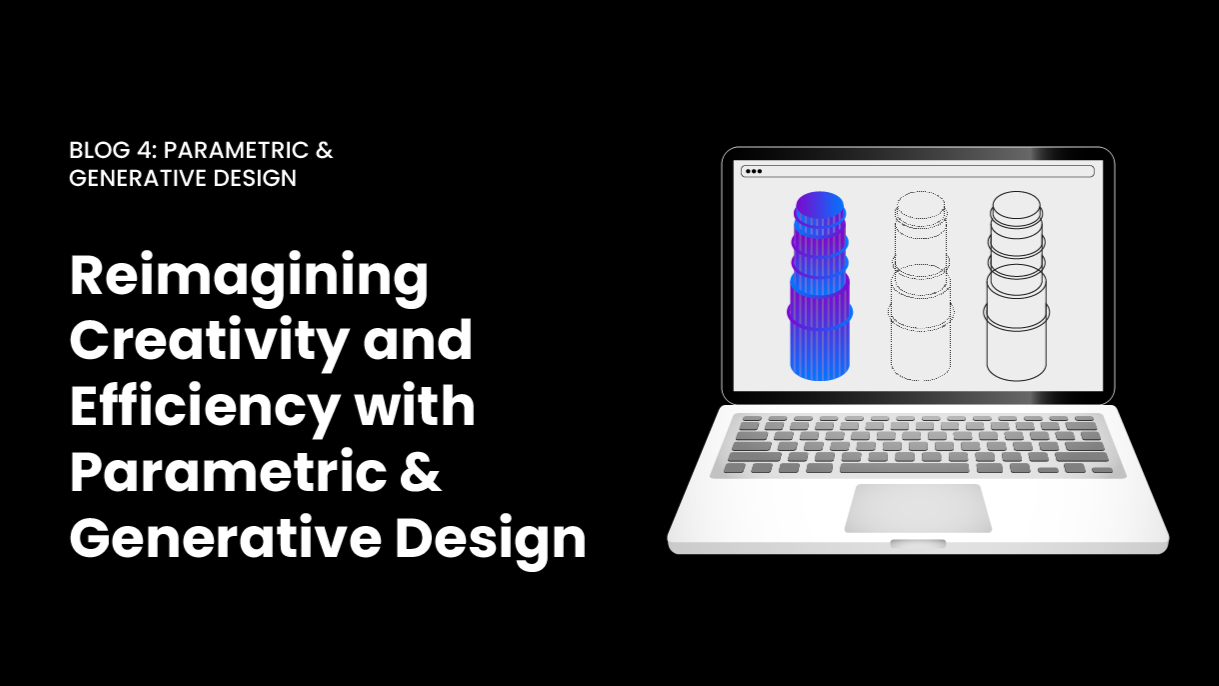In the rapidly evolving landscape of healthcare, the design and management of hospital facilities are becoming increasingly complex. The drive towards smarter hospital buildings is not just about creating spaces that are technologically advanced but also about enhancing operational efficiency, optimizing patient care, and improving overall outcomes. At Voyansi, we understand the intricate dynamics of healthcare environments and are committed to pushing the boundaries of innovation through outcome-based Building Information Modeling (BIM).
Our approach combines granular data, AI-driven insights, and advanced BIM methodologies to revolutionize hospital design and management. By leveraging our expertise and solutions, such as our hospital data management platform integrated with the Autodesk Construction Cloud and Autodesk Platform Services APIs, we facilitate a seamless bidirectional flow of information that empowers stakeholders to make informed decisions, streamline processes, and ultimately deliver better healthcare environments.
The Role of Granular Data in Smart Hospital Design
Granular data refers to detailed, high-resolution information that provides a comprehensive understanding of various elements within a hospital environment. In the context of smart hospital buildings, granular data can encompass everything from spatial layouts and utility consumption patterns to patient flow and equipment usage statistics.
At Voyansi, we utilize granular data to enhance our BIM models, enabling precise simulations and predictive analyses that inform every stage of the hospital lifecycle—from initial design and construction to ongoing facility management and future renovations. By integrating real-time data with digital twins, we create dynamic, data-rich models that reflect the current state of the facility, allowing for continuous monitoring and optimization.
This approach is exemplified in our recent project with a public healthcare facility, where our digital twin technology provided the hospital management team with unprecedented insights into energy consumption, space utilization, and maintenance needs. The result was a significant reduction in operational costs and a more efficient allocation of resources, demonstrating the tangible benefits of data-driven hospital management.
AI and Outcome-Based BIM: Transforming Hospital Design and Management
Artificial Intelligence (AI) is another critical component in advancing smart hospital buildings. AI algorithms can analyze vast amounts of data to identify patterns and trends that would be impossible for humans to discern. In the realm of hospital design and management, AI can be used to optimize building layouts, predict maintenance needs, and even improve patient outcomes by analyzing clinical data in conjunction with environmental factors.
Our outcome-based BIM approach integrates AI to enhance the decision-making process. By using machine learning models, we can simulate different scenarios and predict the outcomes of various design choices, helping stakeholders to select the most effective strategies. For instance, our generative deep-learning solutions facilitate the incorporation of biomedical equipment and medical furniture into BIM models, optimizing space planning and ensuring that critical equipment is easily accessible when needed.
This integration of AI and BIM was pivotal in our success case with a leading hospital network, where we developed a predictive maintenance model that reduced equipment downtime by 30%. By analyzing historical data and identifying patterns of wear and tear, the AI model could predict when equipment would likely fail, allowing maintenance teams to address issues proactively rather than reactively.
Enhancing Collaboration with Integrated Platforms
One of the most significant challenges in hospital design and management is coordinating the efforts of multiple stakeholders, including architects, engineers, contractors, and healthcare professionals. Effective collaboration is essential for ensuring that the final design meets all functional requirements and regulatory standards.
Our hospital data management platform, connected with Autodesk Construction Cloud through Autodesk Platform Services APIs, provides a unified environment where all stakeholders can access the latest BIM models, share updates, and communicate changes in real time. This integrated platform ensures that everyone is working with the most current information, reducing the risk of errors and enhancing overall project efficiency.
Moreover, our platform supports custom facility management tools and tenant engagement apps, which facilitate better communication and engagement among facility users. These tools provide actionable insights into building performance, helping hospital administrators to make informed decisions that improve operational efficiency and patient care.
A Holistic Approach to Sustainability and Energy Efficiency
Sustainability is a critical consideration in modern hospital design, not only for reducing environmental impact but also for lowering operational costs. At Voyansi, we are committed to promoting sustainable practices through our advanced BIM solutions and data-driven insights.
Our strategies for sustainability and energy efficiency involve implementing digital tools and workflows that optimize resource use, reduce waste, and minimize energy consumption. For example, our digital twin technology allows hospital managers to monitor energy use in real time and adjust systems to maximize efficiency. Additionally, our software development team has created sustainability tracking and optimization applications that help hospitals monitor their environmental impact and identify opportunities for improvement.
Future-Proofing Hospital Infrastructure with Digital Twins
As the healthcare industry continues to evolve, hospitals must be prepared to adapt to new challenges and opportunities. Digital twins—virtual replicas of physical assets—offer a powerful tool for future-proofing hospital infrastructure. By providing a detailed, dynamic view of the hospital environment, digital twins enable continuous monitoring and optimization, ensuring that facilities remain functional, efficient, and adaptable over time.
At Voyansi, we are at the forefront of digital twin technology, using our expertise to help hospitals leverage these virtual models to enhance their operations. Whether it’s optimizing space usage, improving patient flow, or predicting maintenance needs, our digital twin solutions provide hospital administrators with the insights they need to make data-driven decisions and plan for the future.
Conclusion: Embracing the Future of Hospital Design with Voyansi
As we look to the future, it’s clear that the design and management of hospital buildings will continue to evolve. By embracing granular data, AI, and outcome-based BIM, healthcare organizations can create smarter, more efficient, and more sustainable facilities that better serve the needs of patients and staff alike.
At Voyansi, we are committed to driving this evolution by providing innovative solutions that empower our clients to make informed decisions and achieve their goals. For a deeper dive into how our digital twin solutions are revolutionizing healthcare in the public sector, be sure to check out our success case.
Join us at Autodesk University 2024!
We invite you to meet us at Autodesk University 2024 from October 15th to 17th at the San Diego Convention Center, California. Don’t forget to visit us at Booth 608, where our team will be ready to discuss how we can help you build a smarter, more efficient future in healthcare. Experience our immersive VR demos and participate in our interactive prize wheel for a chance to win exciting prizes. We look forward to meeting you and shaping the future together!




